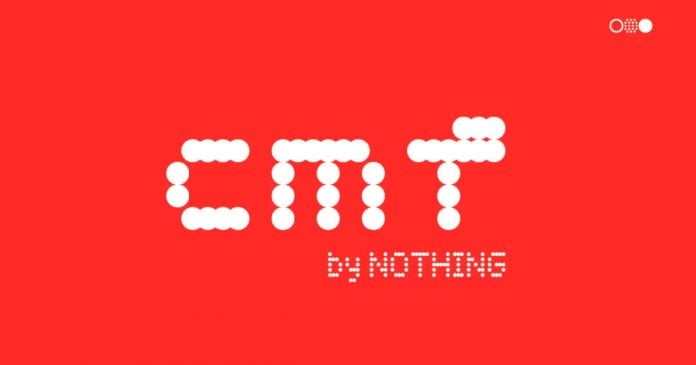Game design and business software development may seem like completely different disciplines. However, these two fields have more in common than you might think. Several techniques used in game development can lead to more engaging and user-friendly business software. Let’s take a closer look at five of these techniques.
User Engagement Through Storytelling
Games have mastered the art of storytelling, using intricate narratives and diverse characters to create compelling experiences. These narratives engage players, motivating them to continue exploring the game world, thus achieving their goals and coming back for more. The profound impact of storytelling doesn’t have to be confined to gaming. In fact, it can play a significant role in business software, enhancing user engagement and understanding.
Consider a project management tool, for instance. Onboarding new users often involves demonstrating the key features and explaining how to use them effectively. Instead of presenting a bland list of functionalities, the tool can use a story-driven tutorial. This approach could present a narrative involving a team working on a project, with different challenges arising that can be tackled using the software’s features. Through this story, users don’t just learn how to use the tool; they also see its practical application in real-world scenarios, which fosters a deeper understanding and connection with the software.
The use of storytelling can extend beyond tutorials. Business software can employ narratives throughout the user’s journey to make the experience more engaging and intuitive. For instance, Customer Relationship Management (CRM) software can use storytelling to depict customer journeys. Visualizing the customer’s interaction with the business as a narrative can help users understand the customer’s needs, preferences, and past interactions more holistically. This can lead to improved customer service and retention.
Moreover, storytelling can also be used to illustrate the impact and value of data. Business Intelligence (BI) tools often present complex data in various charts and graphs. Embedding a narrative into the data presentation can help users grasp the significance of the data more easily, enabling them to make better-informed decisions. For example, a story-based approach to data might depict how sales have evolved over time, highlighting key events that led to peaks or drops.
User Interface and User Experience (UI/UX): Learning from Gaming
In the gaming world, UI/UX design is pivotal. It shapes players’ interactions with the game, their understanding of it, and ultimately, their satisfaction. The layout, the responsiveness, and the intuitiveness of a game’s interface directly affect the player’s overall experience. If users cannot easily navigate or understand a game, they are likely to abandon it.
This same principle applies to business software. Businesses can greatly benefit from adopting a well-crafted, intuitive UI/UX design, learning from best practices in game design to maximize user satisfaction. An easy-to-navigate interface can simplify tasks, increase productivity, and enhance the user’s overall experience. The key is to create an interface that is simple yet effective, meeting users’ needs while also being aesthetically pleasing.
Consider the case of business productivity tools. If the UI mimics familiar gaming layouts, it can significantly reduce the learning curve for new users. For instance, many games use a radial or grid menu for quick access to items or actions. Adapting this layout in a productivity tool can streamline access to frequently used functions, making the software more user-friendly.
The influence of game UI/UX can also be seen in eCommerce platforms. The product browsing experience can be likened to exploring a game world. An intuitive, visually engaging design can draw customers in, encouraging them to explore more products and potentially leading to higher sales.
Interactive elements, a staple in game interfaces, can also be beneficial for business software. These could include drag-and-drop functionalities, sliders, or even interactive charts and graphs in data analysis tools. These elements can make the interaction with the software more engaging and even enjoyable, improving user engagement and satisfaction.
Additionally, many games use visual cues and feedback to guide players and affirm their actions. Incorporating such feedback into business software can help users understand if they’re using the software correctly. For example, a visual confirmation upon successfully completing a task, or a subtle color change when hovering over a clickable button, can enhance usability and user confidence.
Rewards System: A Game Mechanic for Business Software
A fundamental aspect of many gaming experiences is the rewards system. Be it leveling up a character, earning new gear, or unlocking special abilities, these rewards provide motivation, enhancing player engagement and satisfaction. The application of a rewards system isn’t limited to gaming, though. It can be equally effective when integrated into business software, serving to motivate users and encourage continuous engagement.
A well-known example comes from the iGaming software sector, where reward systems are commonly employed. These systems may offer rewards like points, bonuses, or free spins for achieving certain goals, like reaching a new level or logging in daily. These rewards not only foster user engagement but also enhance the overall experience, making it more enjoyable and rewarding.
The success of reward systems in iGaming can inspire the development of similar mechanisms in other business software. A project management tool, for example, could offer points or badges for completing tasks or meeting deadlines. These rewards could then be displayed on a public leaderboard, encouraging friendly competition and motivating team members to strive for excellence. This system could lead to higher productivity, improved performance, and a more engaged team.
Another excellent application of the rewards system can be found in learning and development platforms. Gamified learning experiences can provide badges, points, or levels upon the completion of courses or the acquisition of new skills. This approach can make learning more engaging, encouraging employees to continue their professional development and enhancing the overall learning culture within the organization.
Conclusion
Game design principles aren’t exclusive to the world of video games. They can enhance user experience in business software, too. By embracing elements like storytelling, intuitive UI/UX design, reward systems, feedback loops, and narratives, developers can create more engaging, user-friendly software. Whether it’s a productivity app or an enterprise-level business solution, there’s much to learn from the world of gaming.











